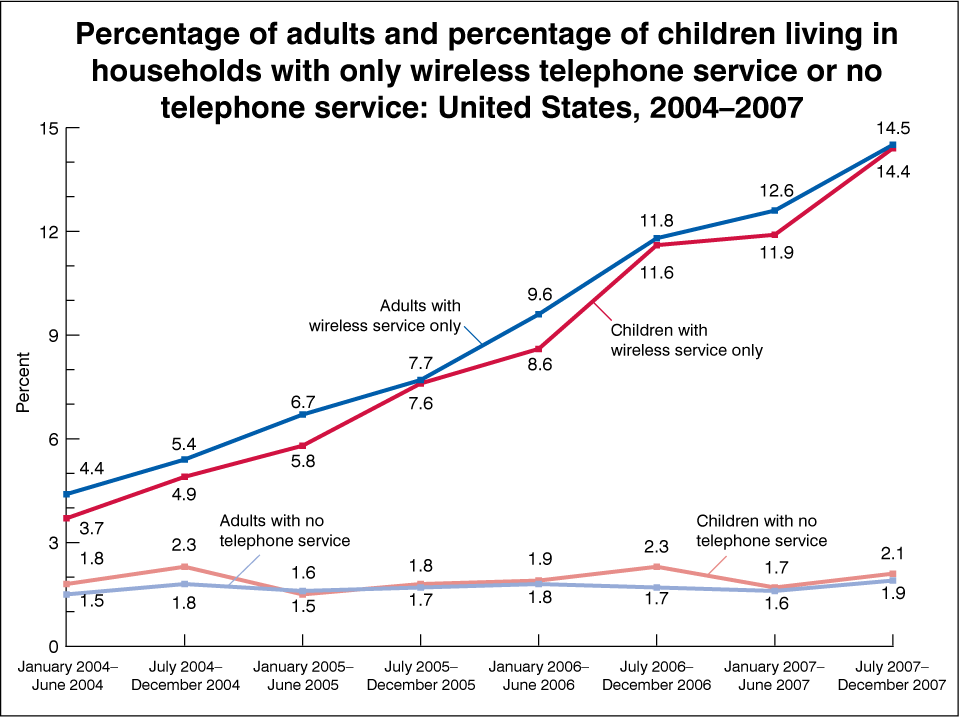 mployed full-time.
mployed full-time.These high levels of maternal employment reflect a substantial social change since the 1960s and 70s. Yet, maternal employment has not grown substantially since the late 1990s, despite the passing of legislation (e.g. the Family Medical Leave Act, 1993) that should have improved women’s ability to combine paid work with child rearing.
Trends in maternal employment spark intense controversy between those who argue that women should work, either for greater self-fulfillment or because it is very difficult for most families to make ends meet without the mom working. Others, take offense at the notion that caring for children is not noble or worthy, sometimes demeaning mothers who do decide to take one paid employment. I can understand this perspective, since we often devalue care work.
A consequence of this controversy is that we often scrutinize trends to find evidence that women are starting to forgo career for family (or vice versa). Either out of economic necessity or philosophical differences, diversity is here to stay.


























